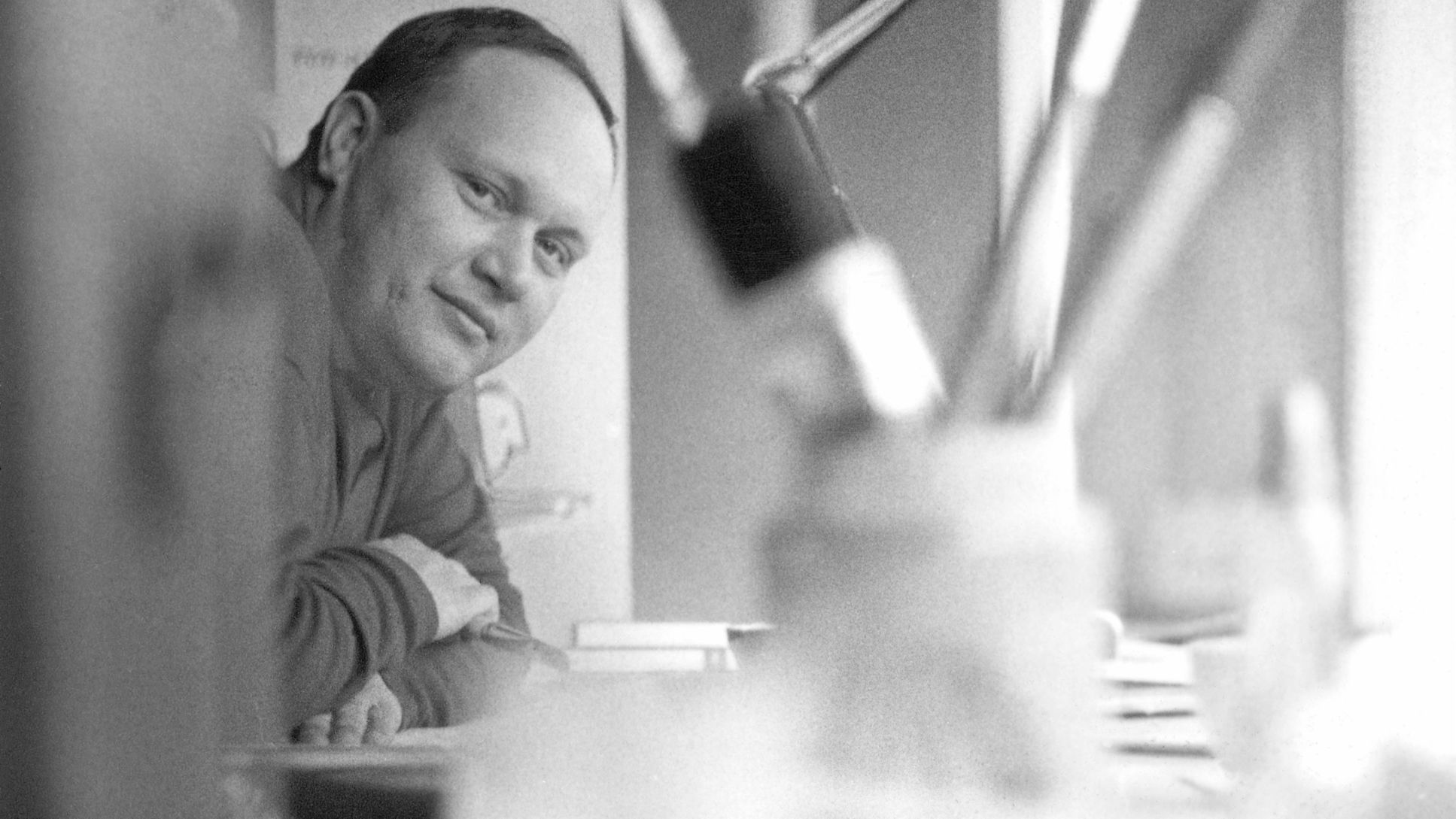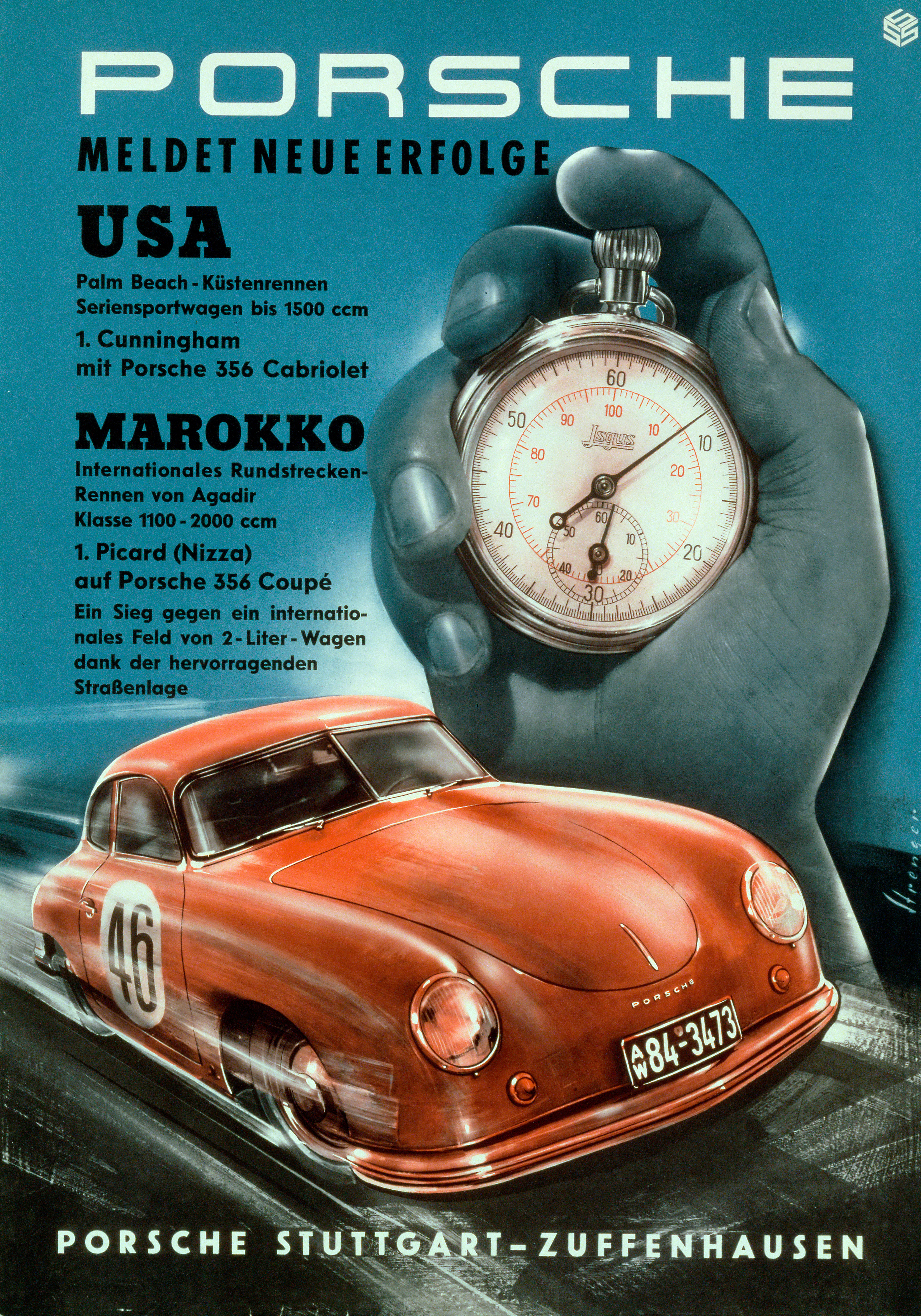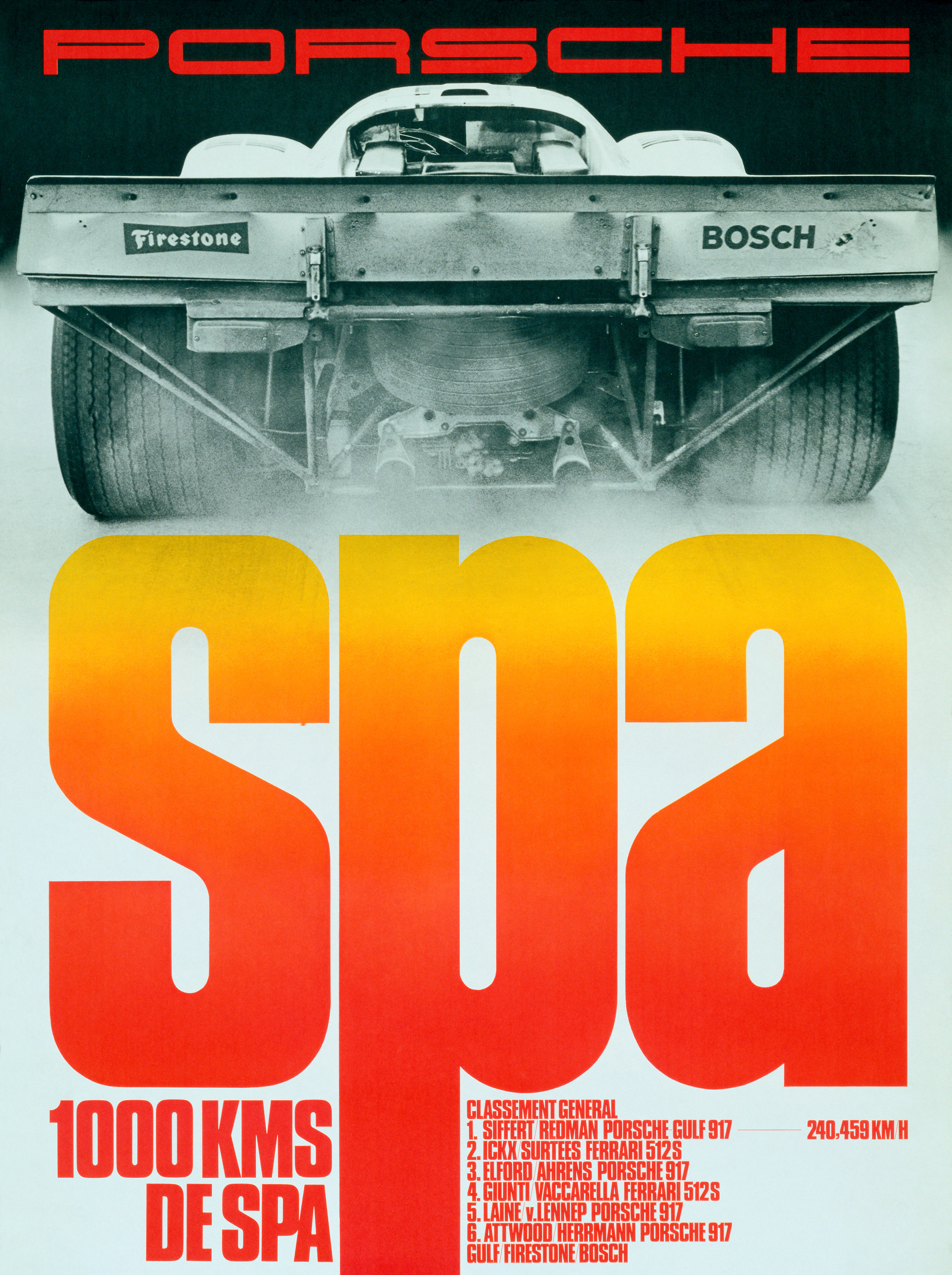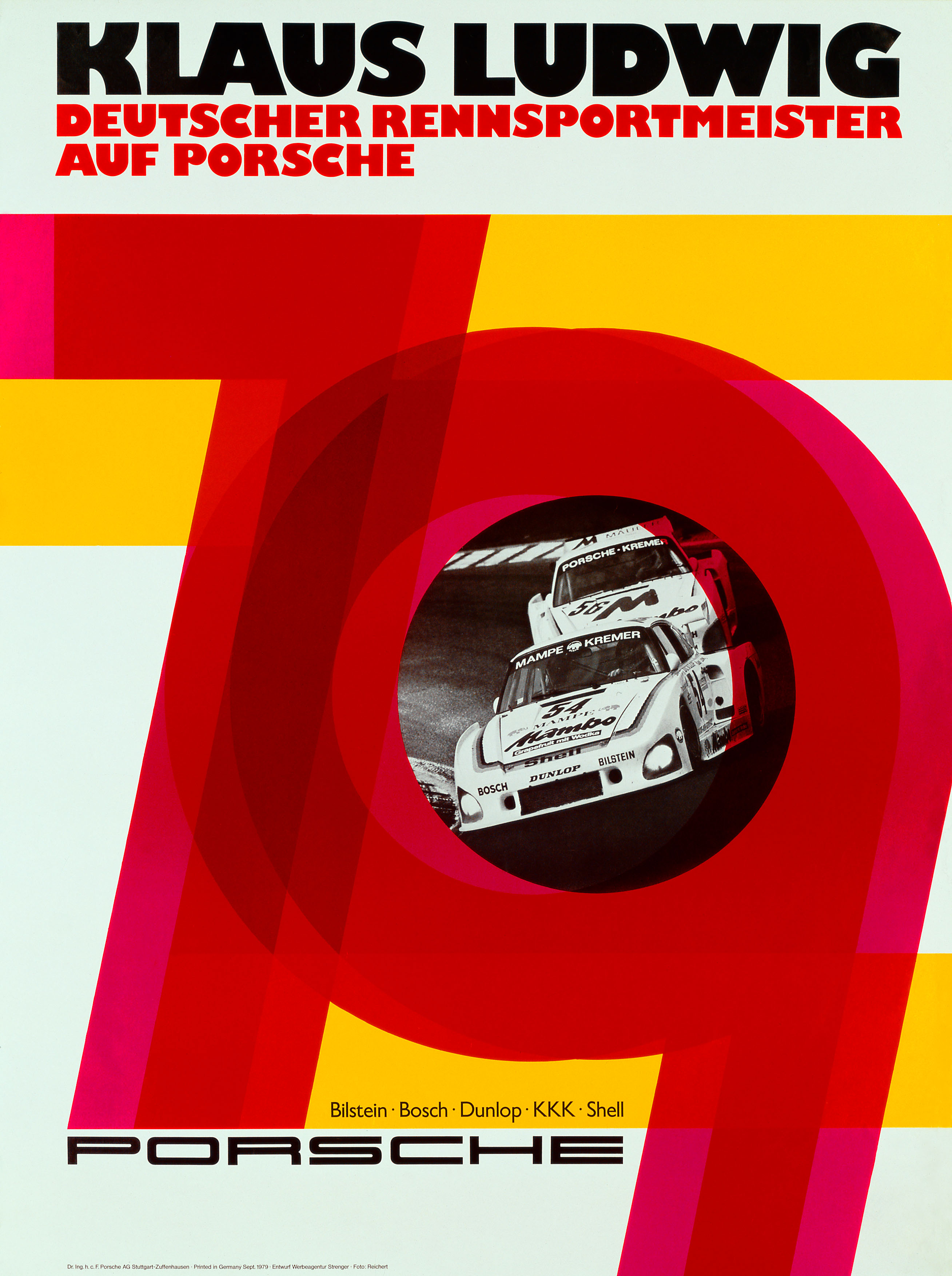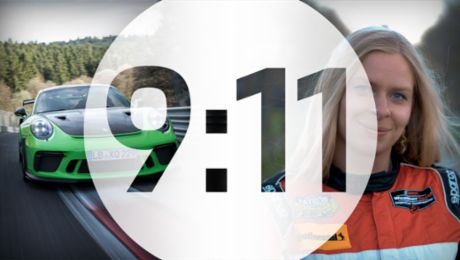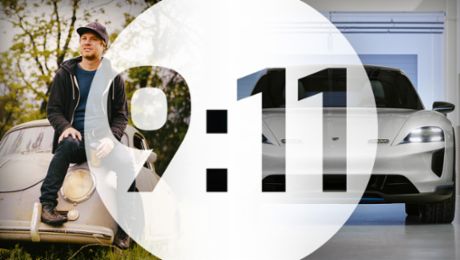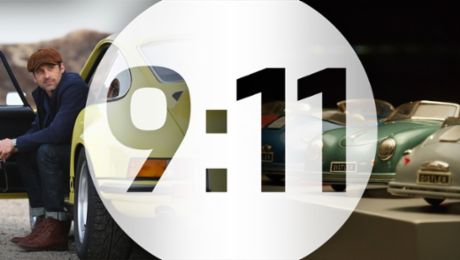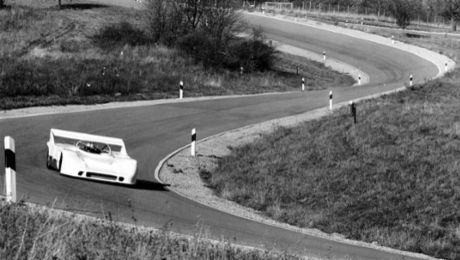Mountain championships, endurance races, Formula 1, Spa, Daytona, Sebring and Le Mans after Le Mans – no matter what series, no matter what track – Porsche’s racing victories formed the bread and butter of Erich Strenger’s work. As a freelance graphic designer, from 1951 he designed sales catalogues, driver’s manuals, advertisements as well as a great many printed materials on behalf of the sports car manufacturer. But his main passion were the racing posters that he designed for Porsche between the years of 1951 and 1987. Large, colourful and with modern typographic elements, he portrayed the glory moments of Porsche motorsport.
The posters depict Porsche’s racing victories across the globe
In the early days of the young company, its racing successes were the main contributor to the development of the brand image. Sportiness, speed and reliability: Porsche had every intention of becoming renowned around the world for these values. Since television sets were not yet commonplace and as Porsche did not have a great deal of money to spend on advertising, the young company took advantage of the advertising generated by its motorsport successes.
After each important victory, the racing director commissioned a design. The posters were displayed in Porsche showrooms and workshops, soon adorned young people’s bedroom walls and, over time, became much sought-after collector’s pieces.
In line with the motto “Win on Sunday, sell on Monday”, the racing posters often had to be completed under enormous time pressure. Sunday was race day, so the posters needed to be delivered hot off the press on the Monday. In these predigital times, good preparation was therefore crucial.
Erich Strenger often produced as much of the design as possible before the end of the race, agreed on the draft with Porsche, and then had to add in the victor and his racing car as soon as the result was known. If there wasn’t yet a photograph of the winning car, the photographer responsible had a long night ahead of him. The slides had to be ready for viewing by the morning so that the advertisers could select a powerful image for the new poster.
Endless creativity: a new poster for each victory
Strenger designed almost every victory from scratch. Some of the images were also used multiple times, such as an early poster from 1951. Featuring the heading “Porsche proclaims new victories”, it paid tribute to the Le Mans class victory as well as various racing wins in the USA and Morocco.
From the beginning, Strenger pursued his unmistakable, highly modern style, characterised by a timeless design language. He often incorporated a country’s colours and flags into his posters, played with shapes, colours and symbols, and always found new ways of using typography to convey messages. Strenger also drew his own motifs or headed out to photograph new Porsche models with his camera.
Strenger’s inexhaustible creativity, his meticulous craftsmanship and his love of the automobile led to an extensive life’s work which has had a lasting effect on the image of Porsche around the world. He was also involved in developing the timeless Porsche logo, which is still part of the company’s corporate design to this day.
Together with racing driver and automotive journalist Richard von Frankenberg, who in the early 1950s began conducting public relations work for Porsche under the direction of Huschke von Hanstein, Strenger also developed and supervised the “Christophorus” customer magazine as head of graphics. Although the term may not have existed at the time, he was an expert in corporate publishing.
His love of Porsche defined his work
Erich Strenger not only internalised the brand, its values and messages, but also lived by them. He bought his first Porsche, a red 356, back in 1951. This close connection meant that the collaboration between Porsche and Strenger lasted for over three decades. In his speech marking the 30th anniversary of the cooperation with Strenger, the Member of the Executive Board for Sales and Marketing at the time, Lars R. Schmidt, remarked that “one of the main challenges when working together with a graphic designer or an agency, namely explaining what drives us and pinpointing exactly what we want – in other words, the briefing – was simply not an issue thanks to our shared love for the product.”
Info
Learn more about Erich Strenger in Episode 7 of the 9:11 magazine.
